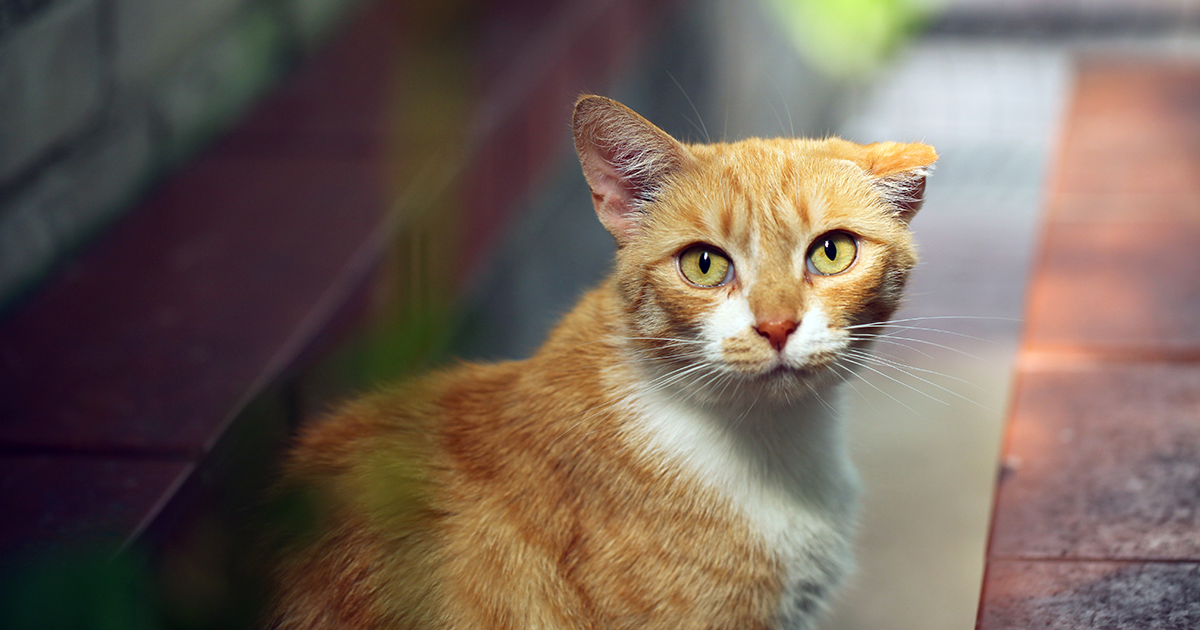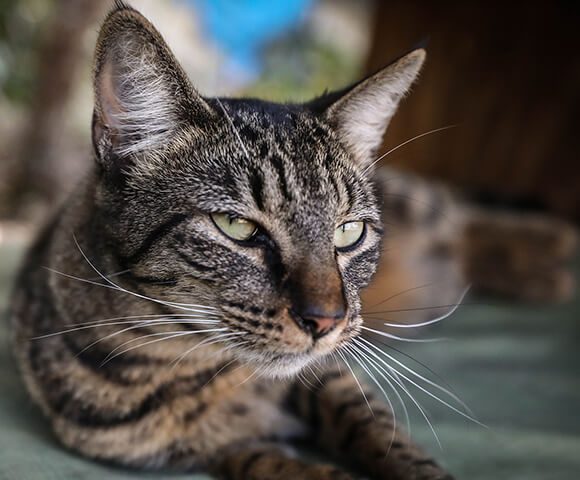mammary tumors in cats uk
Mammary tumors develop because of spikes in female hormone estrogens that take place during a cats heat cycle. These two forms of the disease have different diagnostics treatments management and prognosis.

Homeopathic Approach To Cancer In Companion Animals Ivc Journal
Older cats 11 years and older that are not spayed are at the highest risk.

. Approximately 85 of feline mammary tumors are malignant and are histologically classified as adenocarcinomas. Cats have 4 mammary glands on either side of their abdomen and tumors can develop in any of these glands. Leukemia or leukosis in cats Feline leukemia is technically not a cancer in cats.
Risk Factors for Mammary Tumors in Cats. The more aggressive nature of mammary neoplasia in cats poses challenges for management. Before any diagnostic or.
Sarcoma SCC and mucinous carcinoma subtypes are less common. Cats spayed before 6 months of age have a 7-times reduced risk of developing mammary cancer and spaying at any age reduces the risk of mammary tumors by 40 to 60 in cats. Causes of Mammary Tumors in Cats.
What if your cat already has mammary tumors. Papillary or tubular carcinomas tend to be the least aggressive. TYPES OF TUMORS.
Occurring more than 95 percent of the time in females it is the most frequently diagnosed type of feline cancer. Mammary gland tumors are most common in middle-aged and older female cats but they can occur in younger female cats as well as male cats. Mammary cancer is usually a malignant adenocarcinoma that appears in one or more of a cats breasts.
All of the cases underwent an aggressive surgery with concurrent doxorubicin-based chemotherapy. The benign mammary gland dysplasias lobular hyperplasia and fibroepithelial hyperplasia are less common. Prognosis is affected by tumour size and.
5 Malignant tumors are rare in younger cats but fibroepithelial hyperplasia a progestin-induced diffuse mammary gland enlargement of the can be seen in very young intact cats. Mammary gland breast tumours are similar to breast tumours in people and it is the third most common tumour in the cat. Studies reveal that 85 of mammary tumors in cats are malignant adenocarcinomas.
HER-2neu epidermal growth factor receptor expression is reported in 55-90 feline mammary tumors. Spaying a female cat when she is young greatly reduces the chances of breast cancer. Invasion ulceration lymphatic invasion and lymph node metastasis is common.
Infection with some viruses including feline immunodeficiency virus or feline leukaemia virus see F IV and FeLV may increase the chances of getting cancer. The efficacy of a treatment combination of a COX-2 inhibitor meloxicam chemotherapy and surgery in 23 cats with histologically confirmed mammary gland adenocarcinoma was evaluated. Feline mammary gland tumors rank third in frequency following lymphoid and cutaneous neoplasms 1234Most feline mammary tumors have a malignant appearance on microscopic examination and a large proportion are life-threatening even after complete excision 12567A statistically significant correlation between tumor size and postoperative survival.
Tumors originating in these glands account for the third most common type of feline cancer after lymphoma and skin cancer. Most of such cysts are malformations of hair follicles and may be the same color as the hair. Adenocarcinomas are very aggressive tumors and often metastasize to the surrounding lymph nodes and lungs.
The risk of developing this cancer is twice as high in cats. Other forms of breast and mammary cancer in a cat include adenomas duct papillomas and sarcomas. They can be benign noncancerous or malignant cancerous.
Females as well as males can develop this form of cancer. Carcinomas often arise from the tubules of. Mammary tumours are among the most common neoplasms in both cats and dogs but the prevalence of malignant histological types is far higher in cats ratio of malignantbenign is at least 41.
Its actually a viral infection that causes immunodeficiency and can cause cancer such as lymphoma. The average age of cats with mammary gland tumours is 10-12 years oldIntact females are at. Mammary Cancer In Cats.
When it appears in cats it can be fatal even if treated with surgery radiation and chemotherapy. According to an article published in veterinary medicine less than one percent of cats diagnosed with mammary tumors are male. The exact cause of mammary tumors in cats is unknown but it is believed that hormones play an integral part in their development.
Mammary tumors can be benign non-cancerous or malignant cancerous. Symptoms of mammary gland tumor in cats bumps or masses underneath the skin in the mammary or breast area ulceration or weeping wound that will not heal in. Mammary tumours are among the most common neoplasms in both cats and dogs but the prevalence of malignant histological types is far.
Mammary fibroepithelial hypertrophy is a benign growth of the mammary tissue causing a firm swelling. By spaying a cat at 6 months of age or before her first heat cycle it virtually eliminates the risk of getting mammary tumors. Benign tumors include adenomas fibroadenomas lipomas and duct papillomas.
What causes mammary tumors in cats. Cat mammary gland tumors are formed by an abnormal mass of cells in the mammary breast glands. More than a quarter of unspayed female dogs will develop a mammary tumor during their lifetime.
Mammary Cancer in Cats Explained. The risk is much lower for spayed female dogs male dogs and cats of either gender. Ductular carcinomas seem to kill cats about four times faster.
Malignant tumors are mostly epithelial in origin mainly adenocarcinomas divided between tubular and papillary. 85-95 of mammary gland tumours are malignant and adenocarcinomas are the most common type of malignant neoplasm of mammary gland cancer. Mammary tumors in cats are usually malignant 85-93 80 of feline mammary tumors are ADC with tubular papillary solid and cribriform subtypes most common.
Sometimes chains of tumors are found in this region too. The mean age of tumor diagnosis is between 1012 years. Anaplastic carcinomas are the worst kind usually dispatching the patient three times faster than that.
Feline mammary tumors are generally either carcinomas or adenocarcinomas. Unfortunately 90 of all tumors that are found in cats are malignant. Mammary neoplasia is a disease seen predominantly in middle aged to older cats.
Female cats generally develop mammary cancermalignant adenocarcinomaswhen they are about 10 to 14-years-old. White cats are more at risk of skin cancer from sunlight exposure. Cancer in general afflicts an estimated 30 percent to 40 percent of all cats and one-third or so of these malignancies involve the mammary glands.
For dogs about 50 of the tumours found wont be malignant. Mammary cancer in cats is the third most common type cancer seen in this species. In cats the vast majority of mammary tumors are malignant.
The tumors that make up the other 15 include duct papillomas sarcomas and adenomas. This type of cancer is very aggressive and hard to treat as it spreads quickly. There are several different types of mammary tumors with carcinomas being the most common.
Sarcomas mucinous carcinomas duct papillomas adenosquamous carcinomas and adenomas are rarely seen.

Selected Prognostic Factors For Mammary Cancer In Cats Download Table

Cat Breast Cancer Causes Symptoms And Treatment Of Mammary Cancer
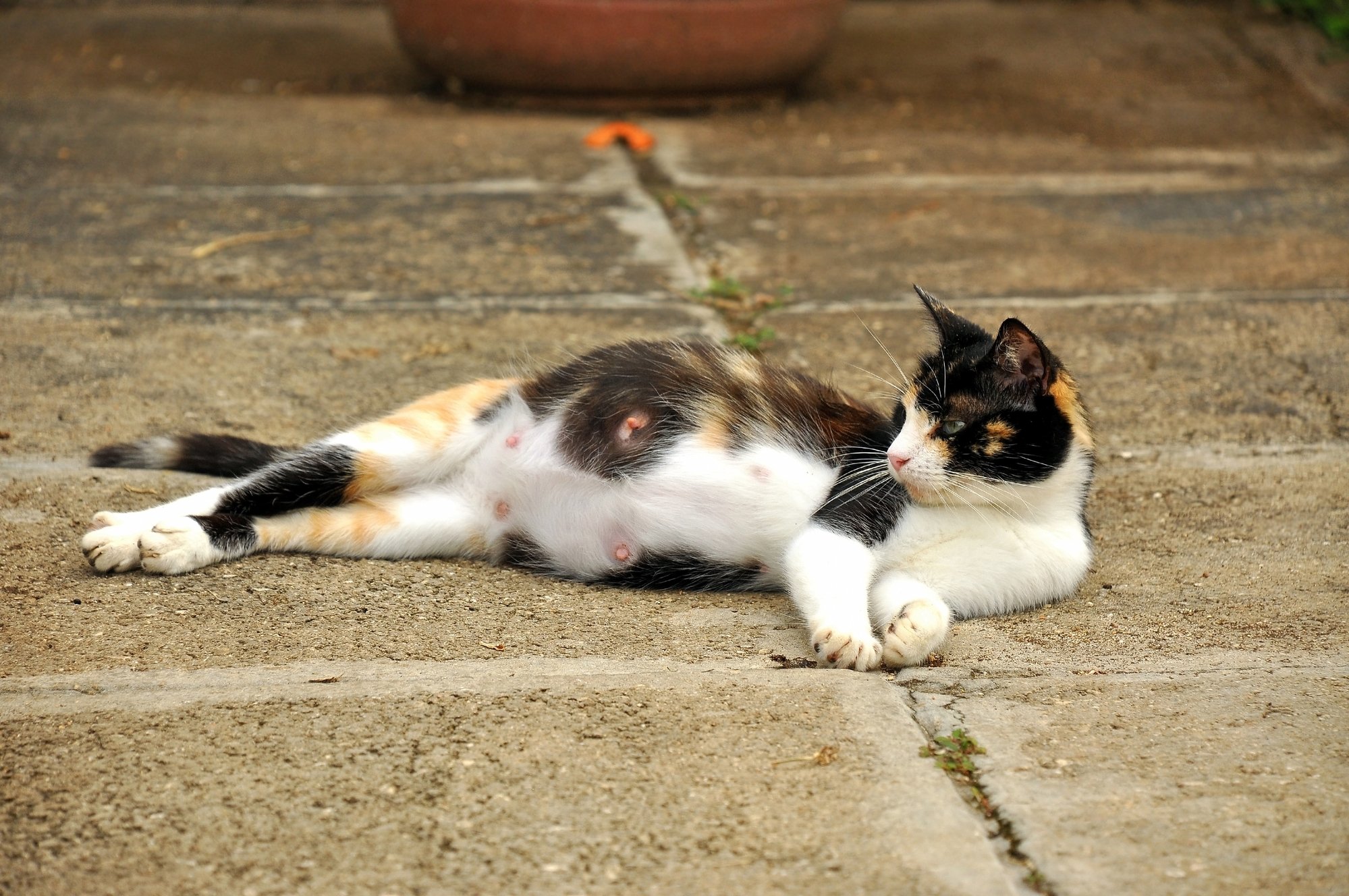
Mammary Cancer Often Spreads Catwatch Newsletter

Luke A1099731 2yrsm Friendly Appreciates Attention Gray Tabby White Dsm Cats Tabby Luke

Staging Of Feline Mammary Tumors Download Table

Cancer In Cats Causes Symptoms Treatment All About Cats
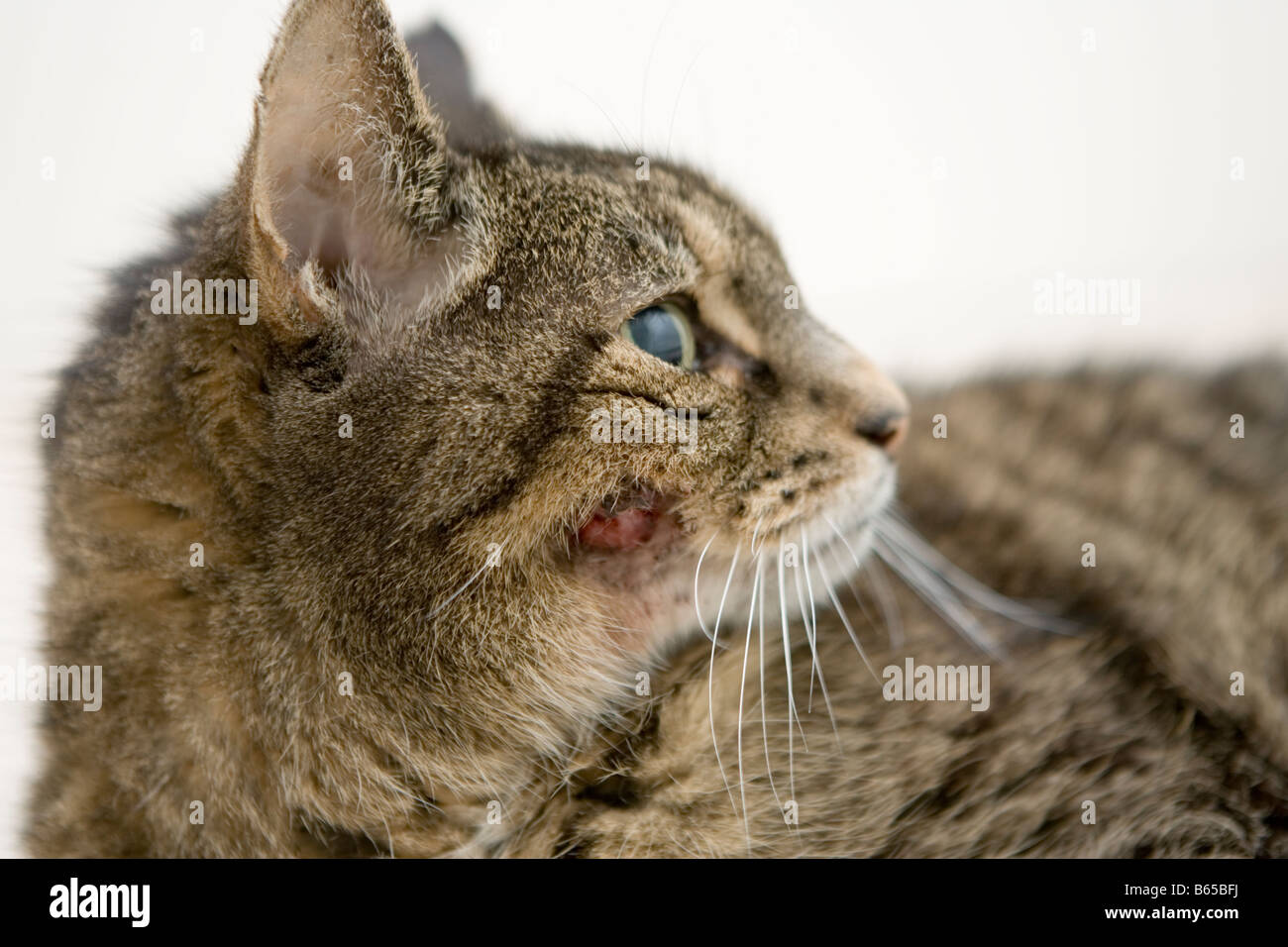
Cat Skin Cancer High Resolution Stock Photography And Images Alamy
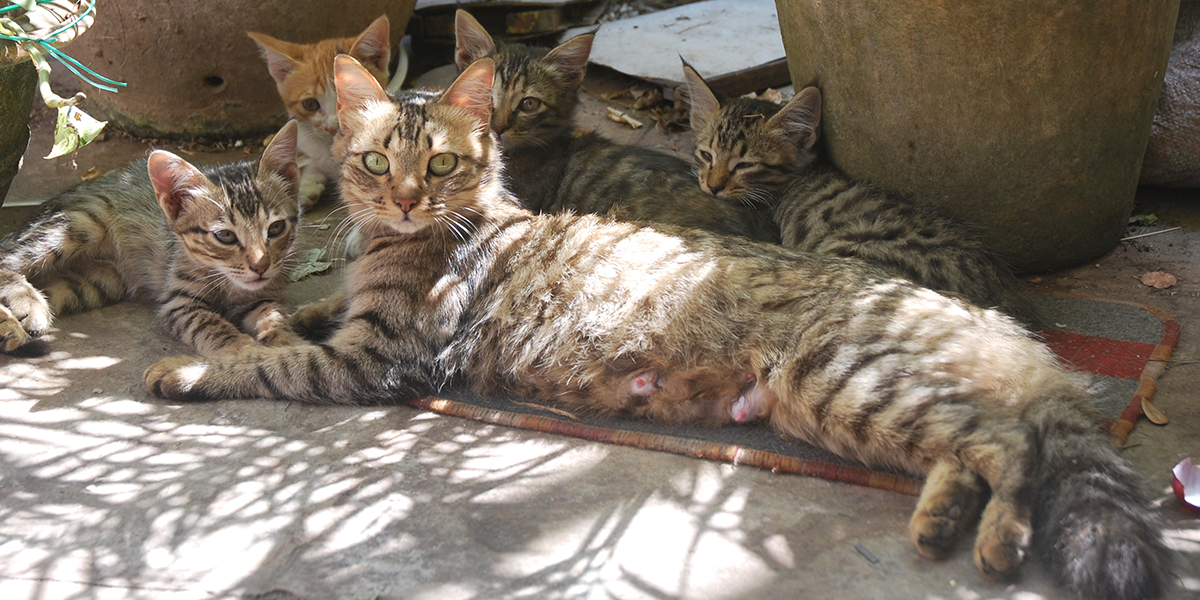
Mammary Carcinoma International Cat Care

Selected Prognostic Factors For Mammary Cancer In Cats Download Table

Cancers Tumors In Cats Hill S Pet
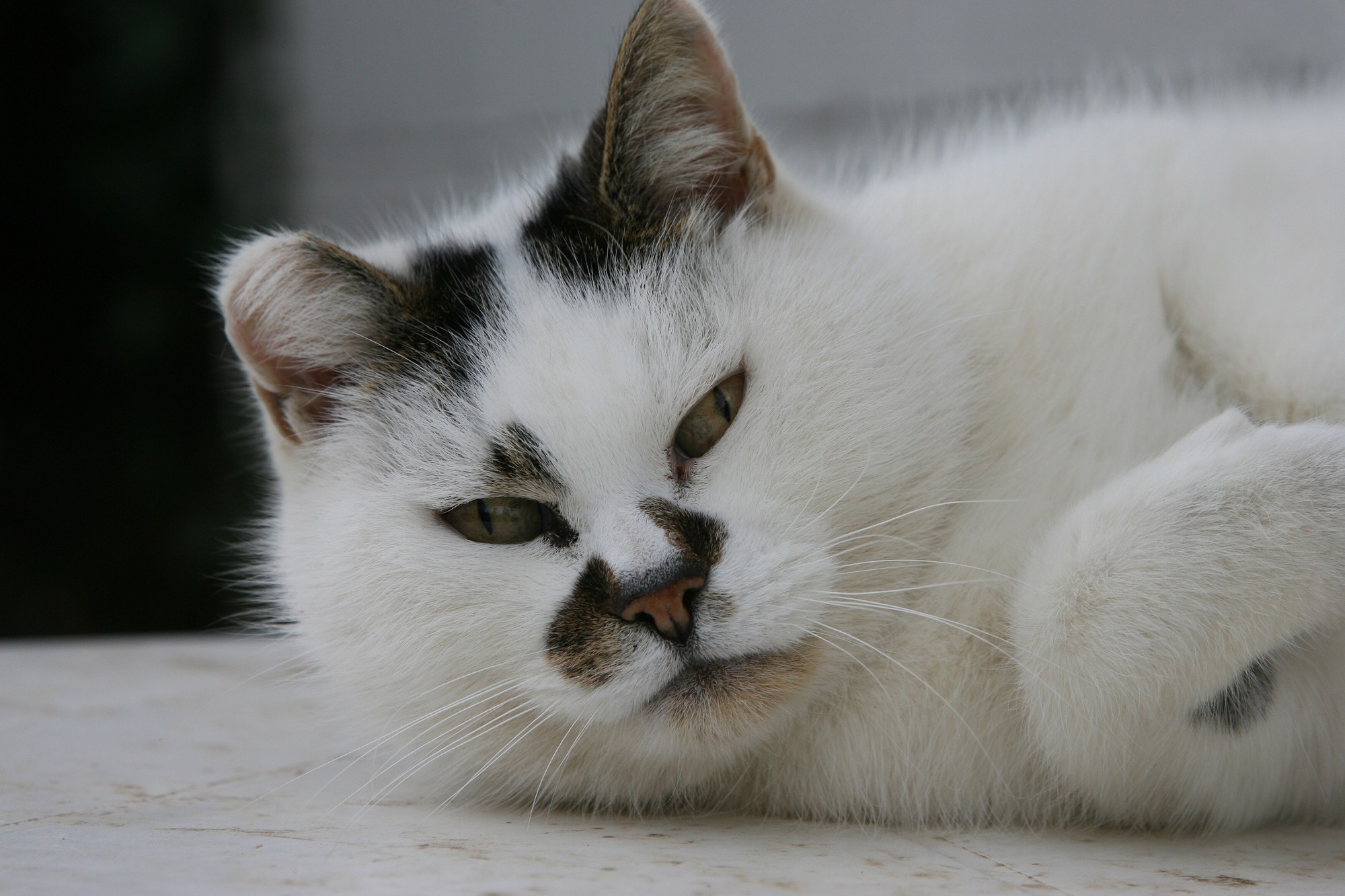
Coping With Cat Cancer Symptoms And Advice Blue Cross
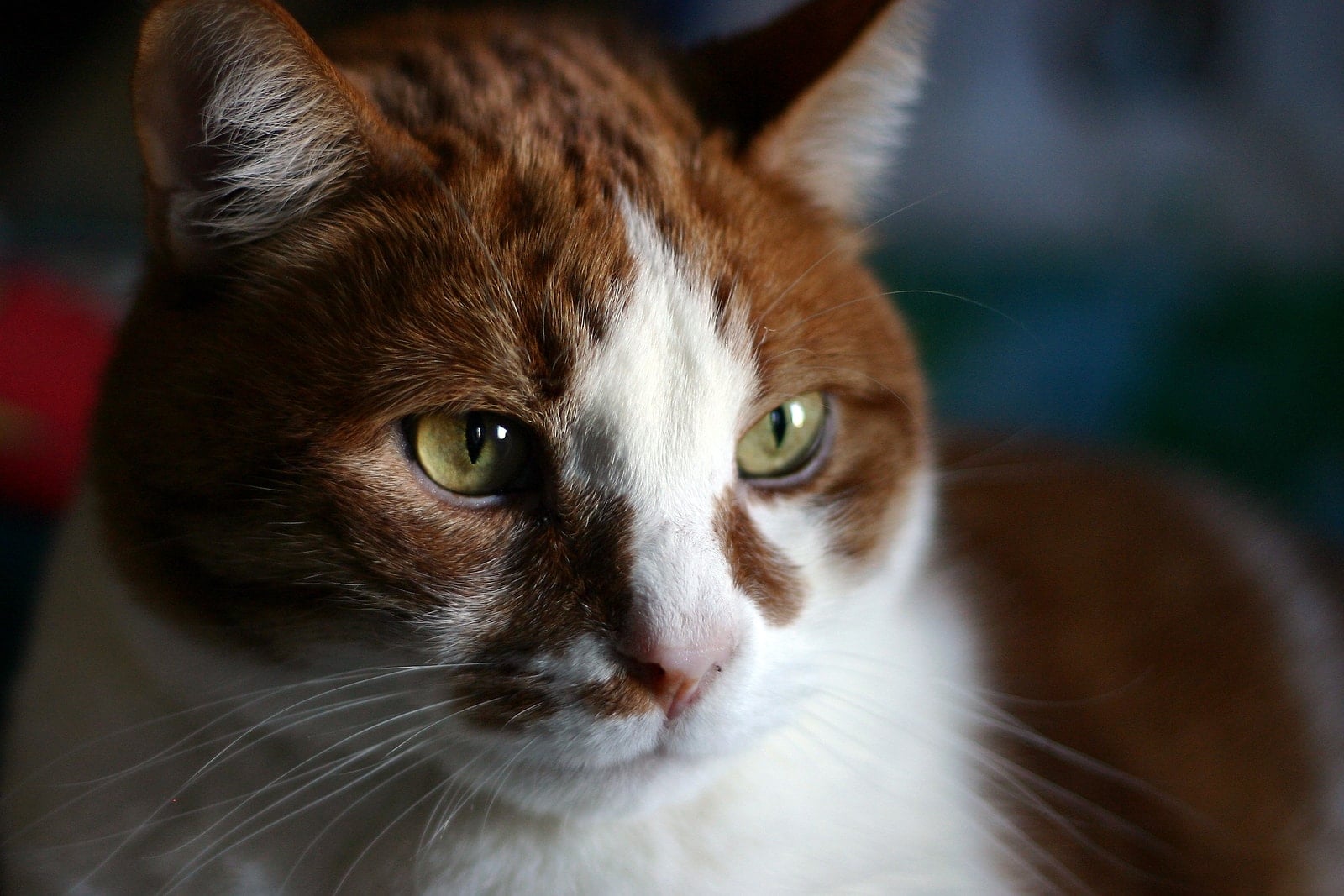
Cancers Tumors In Cats Hill S Pet
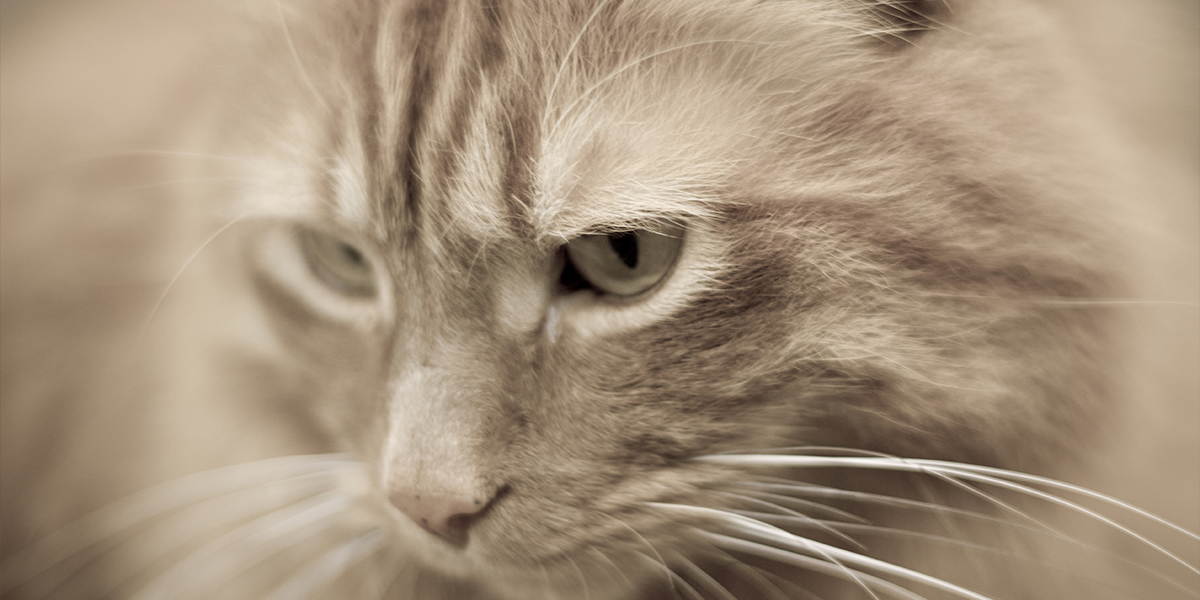
Cancer In Cats International Cat Care

Cat Breast Cancer Causes Symptoms And Treatment Of Mammary Cancer

How To Help Your Cat Fight Cancer Naturally Homeoanimal Com
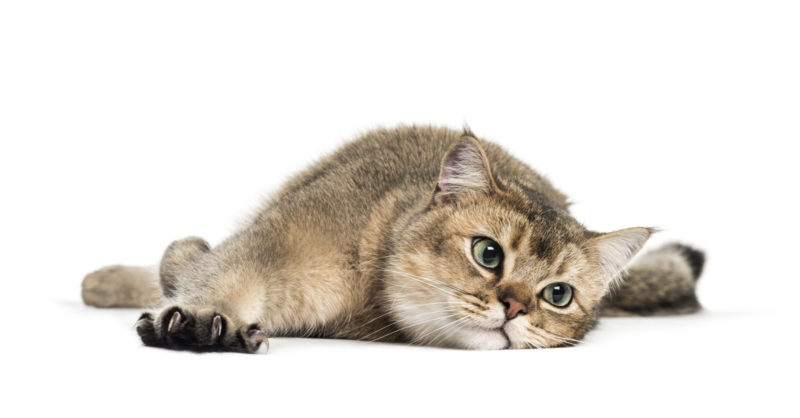
Top Four Cat Cancers Vetsavers Pet Hospital

Cat Breast Cancer Causes Symptoms And Treatment Of Mammary Cancer
